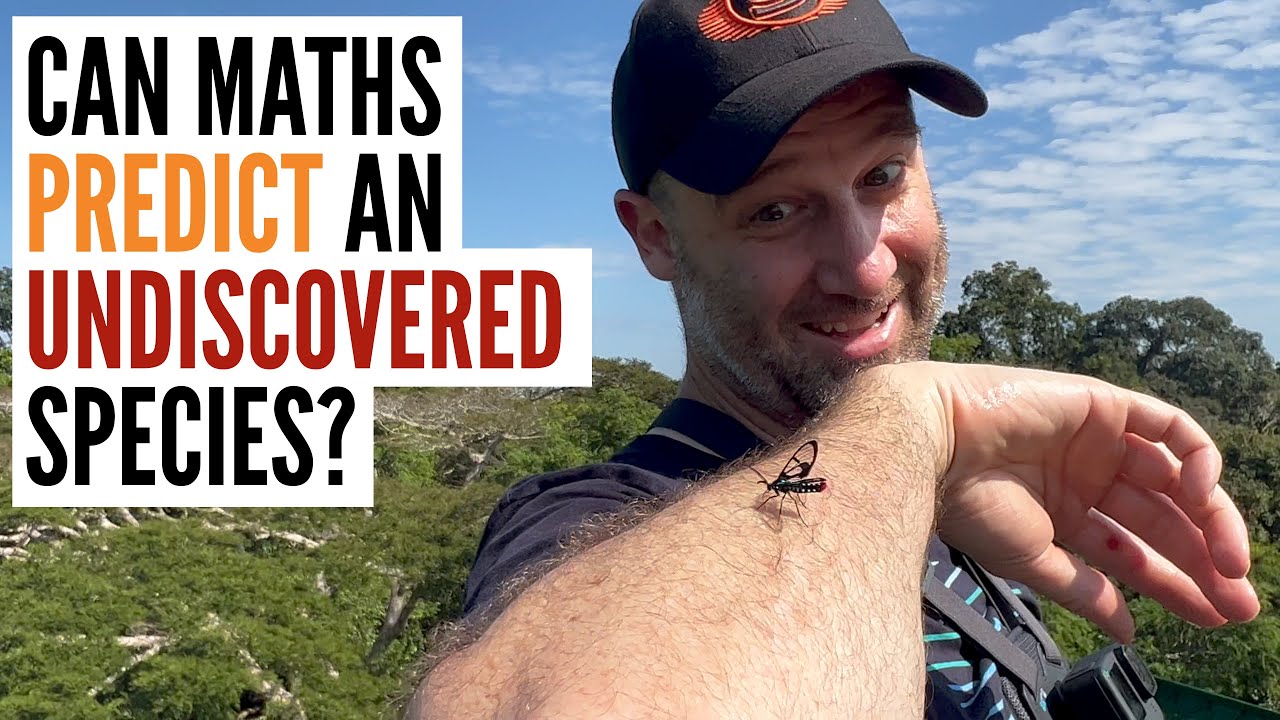Here is more on rarefaction curves. This is where most of those estimates of the number of species in a given environment come from. In many cases they are based on a sparse sampling of a small part of the environment and may be drastically wrong if the area sampled is not representative of the entire environment.
5 Likes
I can easily imagine that species extinction begins with the most marginal of ecological niches which means the rarest of species. So extrapolating into ever-rarer species from less rare species could be grossly mistaken.
2 Likes
Good–Turing frequency estimation was developed by Alan Turing and his assistant I. J. Good as part of their methods used at Bletchley Park for cracking German ciphers for the Enigma machine during World War II. Turing at first modelled the frequencies as a multinomial distribution, but found it inaccurate. Good developed smoothing algorithms to improve the estimator’s accuracy.
3 Likes
